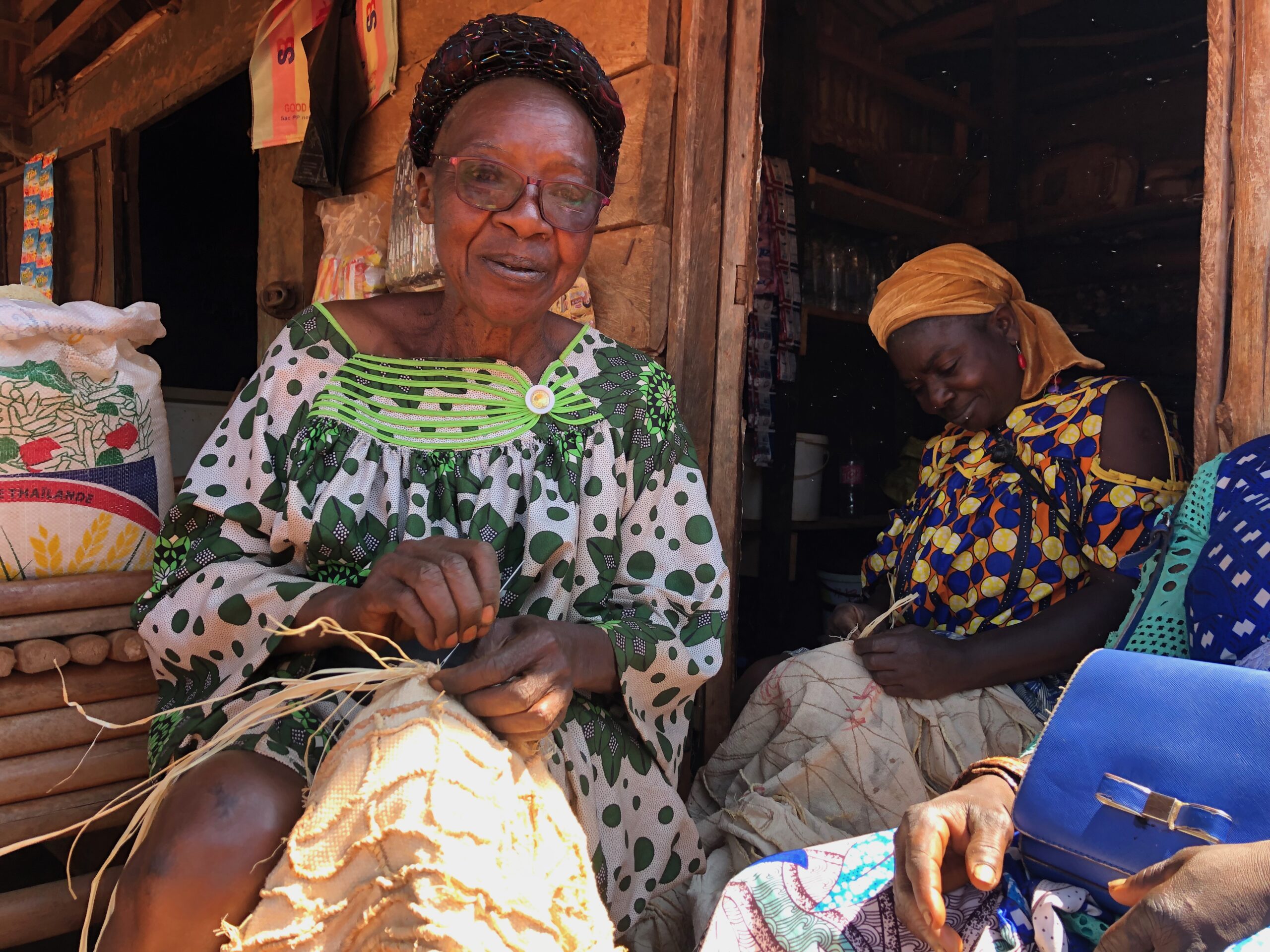
In the third season of Girls on HBO, whose season finale aired at the end of March, Hannah Horvath, age twenty-five, is at the Gramercy Park Hotel in New York with seven friends. A renaissance-revival design concept by artist Julian Schnabel, the $929 suite is Hannah’s to review for her advertorial job at GQ, and she has decided to throw a party. Her boyfriend is making his Broadway debut. Her best friend Marnie has a chance at being a folk songstress, and Hannah herself is secretly applying to the Iowa Writers Workshop. Packed into a deluxe hotel room, these twenty-somethings entertain visions of success larger than their own lives.
But then again, on Girls precociousness is an ideal. As Richard Brody observed in his review of the show’s first season in The New Yorker, the success of Lena Dunham, the show’s creator and star as Hannah, was improbable. At age twenty-five, she went from posting homemade YouTube videos to writing and producing a feature film, then getting an HBO show, and her character Hannah assumes she deserves a comparable trajectory as an essayist. Hannah is an entitled woman. In another hotel room in the show’s pilot, Hannah wakes up in white sheets to find her parents have closed the tab on room service and left the hotel. In her down-pillowed crisis, Hannah takes the envelope with $20 left on the hotel desk marked “Hannah” but also the envelope with $20 marked “Housekeeping” and leaves in search of her future, and presumably some breakfast, affronted at being alone.
Hannah lives in the relative privilege her parents, academics at Michigan State, provided at home in Michigan and at her liberal arts college, Oberlin. In some adolescent pre-history, she swore for career’s sake to collect experiences to write about them for others, and this is when we find her: she snorts cocaine; she sleeps on a bed of empty Chinese food containers; she solicits her boss with his door closed to turn the tables after she thinks she is being sexually harassed. She does it for the story.
Dunham recently had a conversation with Judy Blume about young adult reading and writing. Hannah Horvath likely read Judy Blume books as a girl growing up in East Lansing, and her friends complain that she now dramatizes her life by doing things she doesn’t want to and imagining things post-mortem the way she wants them to be, always making herself the hero of the story. The children’s classic Eloise, which bears Blume’s recommendation “Ooooo … I just love Eloise!” on the jacket copy, was not on Blume and Dunham’s joint recommended reading list, but it would have fit well. Eloise is a book “for precocious adults” first published in 1955 and consistently re-released since. Hannah Horvath could be her modern granddaughter.
Eloise, age six, lives at the Plaza Hotel. Each day she has to go to the front desk, make several calls on the House Phones, stop by the Mail Desk, tell the Valet to pick up her sneakers for dry cleaning, help the Switchboard Operators, and search the trash room for something precious, like ribbon, that other people have thrown away. In between she has to feed her dolls, turtle, and dog; pretend she is the mother of forty children; pretend she is a fire-haired giant; spell and write; and have a tantrum. The book was only an idea in the mind of author Kay Thompson until illustrator Hilary Knight sent her his kinetic vision of the heroine, whose limbs are poised or repelled away from either other in a run, skip, or pitched fit. At times she collapses on a stairwell, but only so she can “carry on for Lord’s sake.” It is wryly charming mostly because at the end of the day, Eloise still wants to be tucked into bed and comforted when she has a bad dream – after all, she reminds, she’s only six.
For Hannah Horvath, as for Eloise, life is art. And yet Hannah, at twenty-five, has no guarantees that things will be okay at the end of the day, and her own frenzy has existential implications. As she tells her parents when they cut her off financially, she is “busy trying to become who I am,” which is “a voice of a generation.” Until she is so recognized, Hannah cannot rest. She behaves as though one’s twenties is a series of attempts to spring from the womb fully grown, which denies her and her friends the ability to say that they “have lives” or “are adults” until they make it professionally. Living in a prolonged adolescence, Hannah makes motions towards growing up in other parts of her life, when the stars align to make it possible. As a roommate moves out of her once-ramshackle apartment, she contacts his middle-aged ex-sugar daddy: can she keep all of the expensive furniture he bought for their apartment instead of giving it to the ex-boyfriend? (The answer is yes.)
After it was first released, Girls was in fact hailed as the voice of a generation, but Girls is a narrow world, primarily by tax bracket, so the weight “generation” confers is overly generous. While Eloise ignores the politesses expected from wealthy society but charms anyway (everyone at the Plaza knows her name), Hannah broods over wealth. In season two, Hannah is eating clementines and drinking lemonade in the garden of a multimillion-dollar brownstone with a grand piano in the living room. The doctor who owns the house remodeled it as his marriage fell apart, and now he and Hannah have had a random encounter, and until the bubble bursts she is settling down. For a day, he plays hooky and they play ping-pong. The last thing she says before she kisses him in the kitchen is that his water glasses are very nice. Thirty-six hours is all it takes for the income gap between them to end their short tryst. endenden “Don’t tell anyone, OK?” she whispers through tears, “but I just want to be happy.” She explains the exhaustion of experiencing life for the sake of writing about it. “Then I came here,” she says. Weeping, she continues, “And I see you, and you’ve got the food and the bowl and the fridge with the stuff.” She is so tired, she says.
For Hannah, the items in the brownstone represent a willingness to take care of oneself, a dedication that, in turn, would require a sacrifice to her career. As her friends gossip cruelly, Hannah is the sort of girl who will put red lipstick on but not take the shine off her forehead. Beauty regimen aside, Hannah cannot even value herself enough to make the most token of concessions to living outside the experiences she collects for writing. She never goes hungry, but she also cannot–will not–slow down enough to buy a full bag of groceries. Entitlements abound in Girls – to success, to wealth – but Hannah gives herself no prerogative to prioritize her happiness until she gets what she deserves. This makes her miserable, of course. But the payoff is nothing less than getting everything she ever wanted, just like the people around her who—in Hannah’s eyes– have made it (and in New York City, they are everywhere). She is dedicated, and when she makes her fleeting successes on the show I always find myself rooting for Hannah. But her lionized future becomes an excuse for neglecting many of her relationships, and even with the distance of a TV screen, watching the stiff silence among friends form as those bonds fall away is too sad to be entirely unregrettable.
It’s the brownstones and “success apartments” that lay on the periphery of Hannah’s world that most emphasize the youthful, immature ambition of Girls, signaled by the show’s title. Among these beautiful places are the apartment of a documentary filmmaker one of Hannah’s friends babysits for, Marnie’s techy ex-boyfriend’s Target-catalog apartment whose furniture he made on his own, and the Long Island beach house Marnie plays hostess in. Thesewell-appointed homes, of course, rarely match their residents’ flawed behaviors. Inevitably, the documentarist’s rocker husband chases Hannah’s friend to rediscover his youth, the Target-furniture boyfriend can not woo his girlfriend to his apartment until after their relationship ended, and the Long Island bungalow dashes Marnie’s hopes for friend bonding. At the brownstone, the truth that trappings of domesticity are flimsy bases for virtue sits silently, as the doctor, whose devotion to his house ruined his marriage, soothes Hannah when she bursts into tears over the difficulty of her striving. Hannah is entirely misguided about the lives of the people she wants to be. The presence of adults in Girls makes the stakes of Hannah’s continued bad behavior clear. She may continue to postpone acquiring an area rug and matching glasses until her career is perfect enough to justify them. But just as her imagined perfect world never works out for others, it is terrifyingly unlikely that it will work out for her. Unless she is a shining exception – and perhaps, increasingly, that is what Hannah has to believe.
Between the girl who lives on Fifth Avenue and the girl who lives in Greenpoint, Brooklyn, I would have thought Hannah would appear the more spoilt. But the independence that has made Eloise a classic children’s book heroine also carries an implied message about how to behave towards wealth. With a child’s friendly narcissism, Eloise uses the hotel to her own ends, like getting free mints, or getting room service “and charging it please, thank you very much.” What else to do when you live in a hotel? Class naïve, she makes friends with the night busboy Bill, Thomas the Palm Court waiter, Joanna the maid, Lily the night maid, and of course her Nanny, whose lives we learn about in intimate one-line stories. (Thomas has a son in the Marines, Bill works nights at the Plaza to pay for school during the day, and Joanna is taking her social security to Bavaria on her birthday.) In Eloise’s world, being an adult requires living with the truth that nothing–nobody–but you can solve your problems, not even money. Perhaps this autonomy is what Kay Thompson meant when she subtitled her story “A Book for Precocious Grownups.”
If so, Hannah and her friendsare not so clever as to be either grown or precocious. These girlsuse wealth like a GPS to map their behavior. They are girls who skip away from wealth who run away from it until it makes them cry. They are girls who blissfully deny the presence of wealth while believing they need it all the same. No one among them thinks money doesn’t matter.
I watch these girls from a city with securitized zones for restaurants with wine menus, bars, and spas. These zones are hotels. They attract wealthy and ambitious locals and foreigners– Americans and Europeans, but also professionals from Dhaka, Lahore, and Delhi. The hotels’ gilt, marble, and crystal are intended to make an impression, and their interiors attract people whose brand of success – new under the sun, since most hotels were not here ten years ago – has become a lifestyle. In short, they are corporate versions of the adulthood Hannah aspires to, but halfway across the world.
What can make Girls so frustrating to watch is the perpetually unrealized possibility of adult life. Here it is in a hotel lobby: in a room of young and middle-aged strangers, just highbrow white noise to the pedestrians who pass by on their way elsewhere – but also possibly more. These grand hotels, and ones like them the world over, are meant to be cities-within-cities, and while the Gulf is setting the standard for new displays of wealth, this is still a microcosm of public spaces, like the original grand hotels of past centuries, but also like a New York park or avenue. Perhaps on these most exclusive of streets, as Hannah thinks, beautiful interiors do reflect the perfect figures of their inhabitants, as they did at the Gramercy for one transcendent night. But I prefer to imagine these hotel lives as urban adults really are, even in Girls – incomplete, which requires the quiet acknowledgement that you are too.
Sahiba Gill is Assistant Editor at The Common and a Global Academic Fellow at NYU Abu Dhabi.



